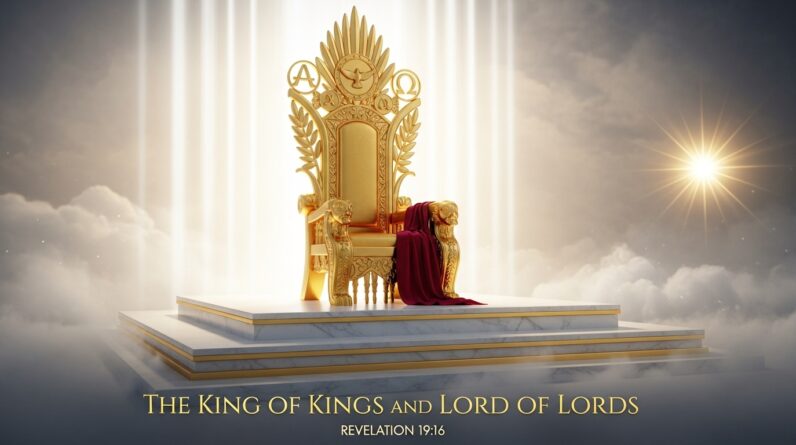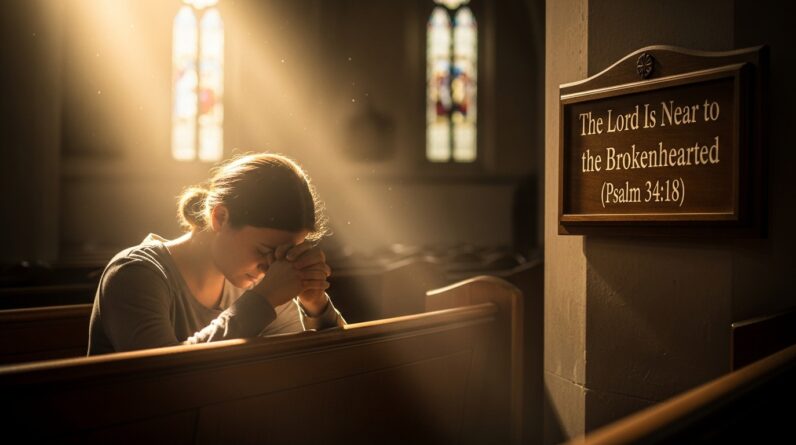Embark on a fascinating exploration of Moses and the burning bush in Exodus 3:1-15. Discover profound insights to enrich your spiritual journey and everyday life.
Moses and the Burning Bush: A Journey Through Exodus 3:1-15
In this article, we are going to embark on a fascinating journey through one of the iconic narratives in the Bible: the story of Moses and the burning bush. Through this exploration, you will gain a profound understanding of how this passage can relate to and inspire your everyday life, history, and spiritual growth.
Purpose and Goal
The purpose of this lesson is to delve into the passage of Exodus 3:1-15 with you, offering a comprehensive analysis that brings the passage to life. By the end of this journey, I hope you feel enriched and enlightened, with a deeper connection to the text and its timeless teachings. You’ll come away not just understanding the narrative but also appreciating its significance in the larger biblical narrative and your spiritual journey.
Scripture Passage
The heart of our exploration is Exodus 3:1-15, where Moses encounters God in the form of a burning bush. This passage is pivotal, highlighting a transformative moment in Moses’s life and setting the stage for the deliverance of the Israelites from Egypt. The dialogue between Moses and God is filled with profound lessons for faith, obedience, and purpose.
Background Information
Historical Context
The story takes place in the Sinai Peninsula, around the year 1446 B.C. The Israelites are oppressed under Egyptian slavery. This setting is crucial as it lays the backdrop for Moses’s mission, ordained by God, to lead his people to freedom. Understanding the historical and cultural context helps us see the depth of their plight and the significance of Moses’s calling.
Author and Audience
Traditionally attributed to Moses himself, the Book of Exodus is part of the Torah, which holds foundational importance for both Jewish and Christian communities. The original audience was the Israelites, who would find in this narrative their own identity and God’s faithfulness. However, its messages transcend time, speaking to all readers about liberation and divine purpose.

Content Analysis
Verse-by-Verse Commentary
Moses’s encounter with the burning bush is laden with symbolism and meaning. We will walk through each verse, unearthing the gems hidden within the text.
- Verse 1: Moses, tending the flock of Jethro, his father-in-law, ventures near Horeb, described as the mountain of God. This mundane activity that leads to a divine encounter suggests that extraordinary moments often stem from everyday tasks.
- Verse 2: The angel of the Lord appears to Moses in a flame blazing from a bush. Despite the fire, the bush is not consumed, symbolizing God’s eternal presence and perfection.
- Verse 3: Moses’s curiosity about the unburnt bush marks the human instinct to seek understanding, setting the stage for divine revelation.
- Verse 4: God calls Moses by name, emphasizing the personal relationship and divine knowledge of each individual.
- Verses 5-6: Moses is asked to remove his sandals. This act signifies reverence and the recognition of holy ground. God identifies Himself as the God of Abraham, Isaac, and Jacob, linking to the patriarchal promises.
- Verses 7-9: God expresses His awareness of the Israelites’ suffering and unveils His plan for their deliverance, showing His compassion and commitment to justice.
- Verses 10-12: God commissions Moses to go to Pharaoh and lead the Israelites out of Egypt. Despite Moses’s initial reluctance and feelings of inadequacy, God reassures him with the promise of divine presence.
- Verse 13: Moses anticipates the Israelites’ skepticism and asks God’s name, seeking credibility and authority.
- Verse 14: God reveals Himself as “I AM WHO I AM,” a profound expression of His eternal, self-existent nature. This name carries deep theological implications about the nature of God.
- Verse 15: God further clarifies His name and instructs Moses to communicate it to the Israelites, ensuring they understand that their deliverance is initiated by the God of their ancestors.
Cross-References
Linking this passage with other scriptures provides a cohesive understanding:
- Genesis 15:13-14: God’s promise to Abram about the future oppression and liberation of his descendants.
- John 8:58: Jesus’s reference to “I AM,” connects His identity with the God who spoke to Moses.
- Acts 7:30-34: Stephen’s speech recounts Moses’s encounter, highlighting its significance in the early Christian narrative.
Lessons to Learn
In reflecting on this passage, several lessons emerge:
- Divine Encounter: God often reveals Himself in unexpected ways. Stay attuned to moments of divine revelation.
- Purpose and Calling: You are called for a purpose, even if you feel inadequate. Trust in God’s provision and support.
- Holiness and Reverence: Approach God with reverence and respect. The holy ground often lies beneath our daily routines.
- Faith in Adversity: Like the Israelites, people of faith often face tribulations. Trust in God’s deliverance.

Themes and Key Concepts
Main Themes
- Divine Revelation: God’s self-disclosure in a personal and profound manner.
- Calling and Mission: God calls individuals for a divine purpose.
- Faith and Obedience: The necessity of trust and compliance to God’s plan.
- Deliverance and Liberation: God’s plan to free His people from oppression.
Key Concepts
- “I AM WHO I AM”: This name signifies God’s self-existence, eternal presence, and unchanging nature.
- Holy Ground: The concept of sacred space where God’s presence manifests in our lives.
Moral and Practical Application
Personal Reflection
Think about situations where you felt a divine nudge, urging you toward a specific path or mission. How did you respond? Reflect on your readiness to act when called upon for a greater purpose.
Community Application
As a community of believers, recognizing and affirming each other’s callings can bring about incredible change. Support one another in discerning and following God’s guidance.
Action Plan
- Daily Prayer: Foster a habit of prayer, asking for clarity and courage to follow your divine calling.
- Service: Engage in acts of service that resonate with your perceived mission. This could be within your church, local community, or broader humanitarian efforts.
- Study: Regularly study the Bible, understanding the broader narrative of faith and divine encounters.
Life Application Questions
As you make this passage a part of your reflection, consider these questions:
- Are there moments in your life that felt like an encounter with the divine? How did they change you?
- How do you respond to feelings of inadequacy when facing a daunting task or calling?
- What does “holy ground” mean to you in your daily life?
- How can you support others in your community as they seek to understand and follow their divine callings?
Real-Life Examples
Consider the story of Harriet Tubman, who felt called by God to lead slaves to freedom through the Underground Railroad. Her courage and trust in divine guidance echo Moses’s mission, illustrating how faith can propel individuals to undertake incredible acts of deliverance in their own time.
Or, look at someone in your community who may feel called to volunteer or lead a local mission. Their journey, though it may start with feelings of self-doubt, can inspire and uplift many, just like Moses’s leadership forged a path to freedom for his people.
Conclusion
In Exodus 3:1-15, Moses’s encounter with the burning bush isn’t just a historical or religious narrative; it’s a timeless reminder of the divine call, human potential, and the compassionate nature of God. As we reflect on these verses, may you feel encouraged to listen for your own burning bush moments — those powerful, transformative encounters that urge you toward your calling.







